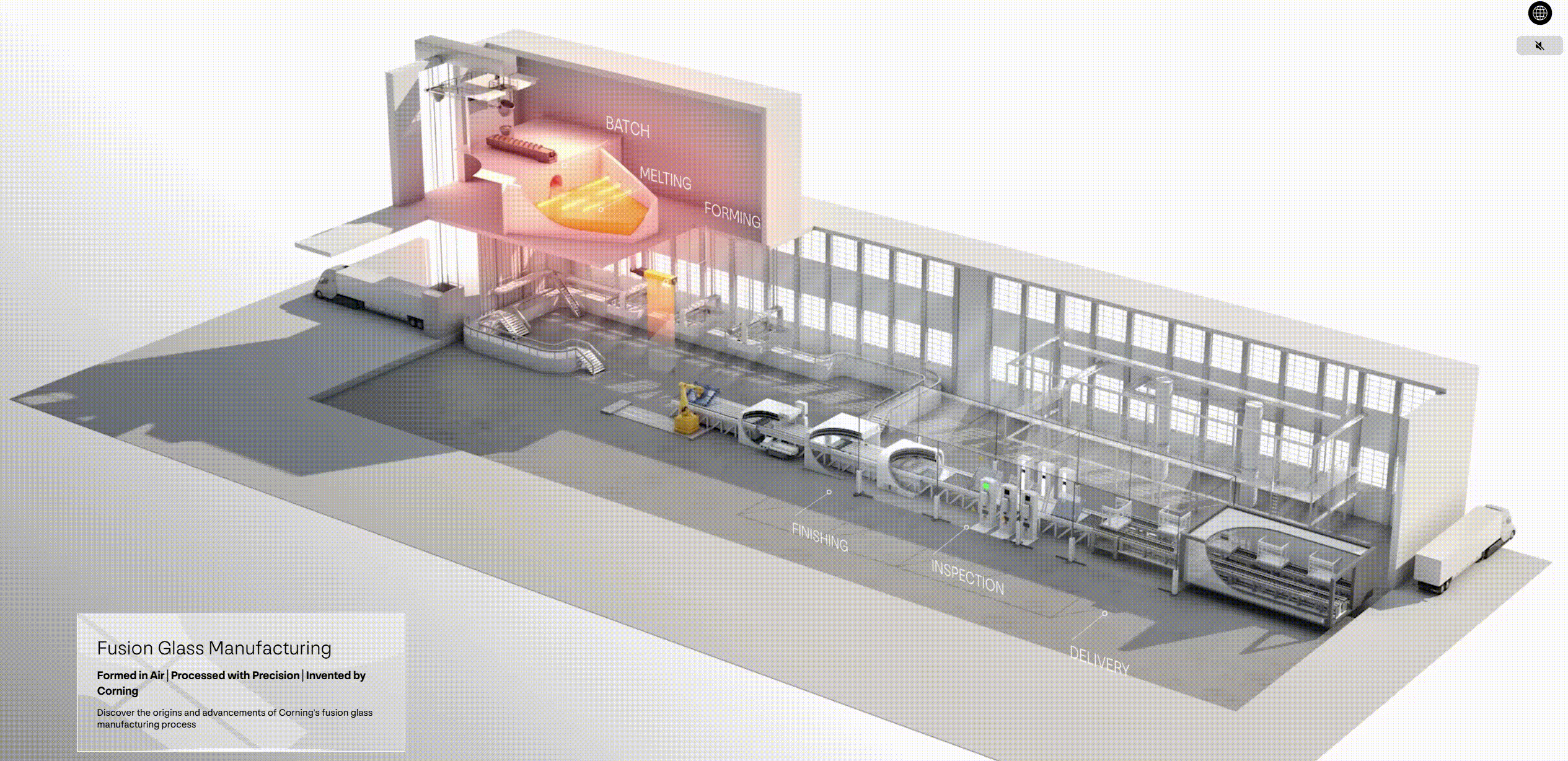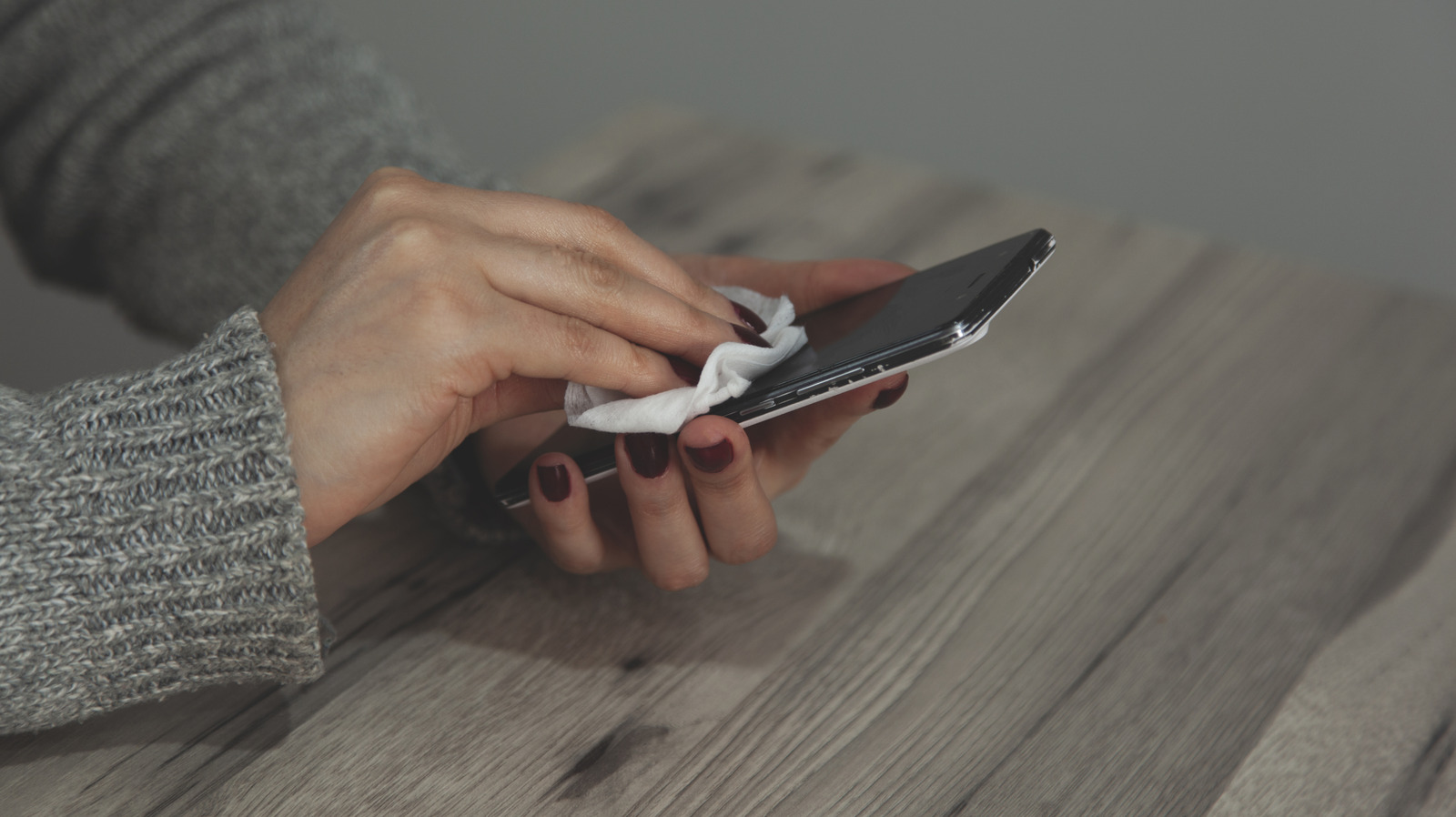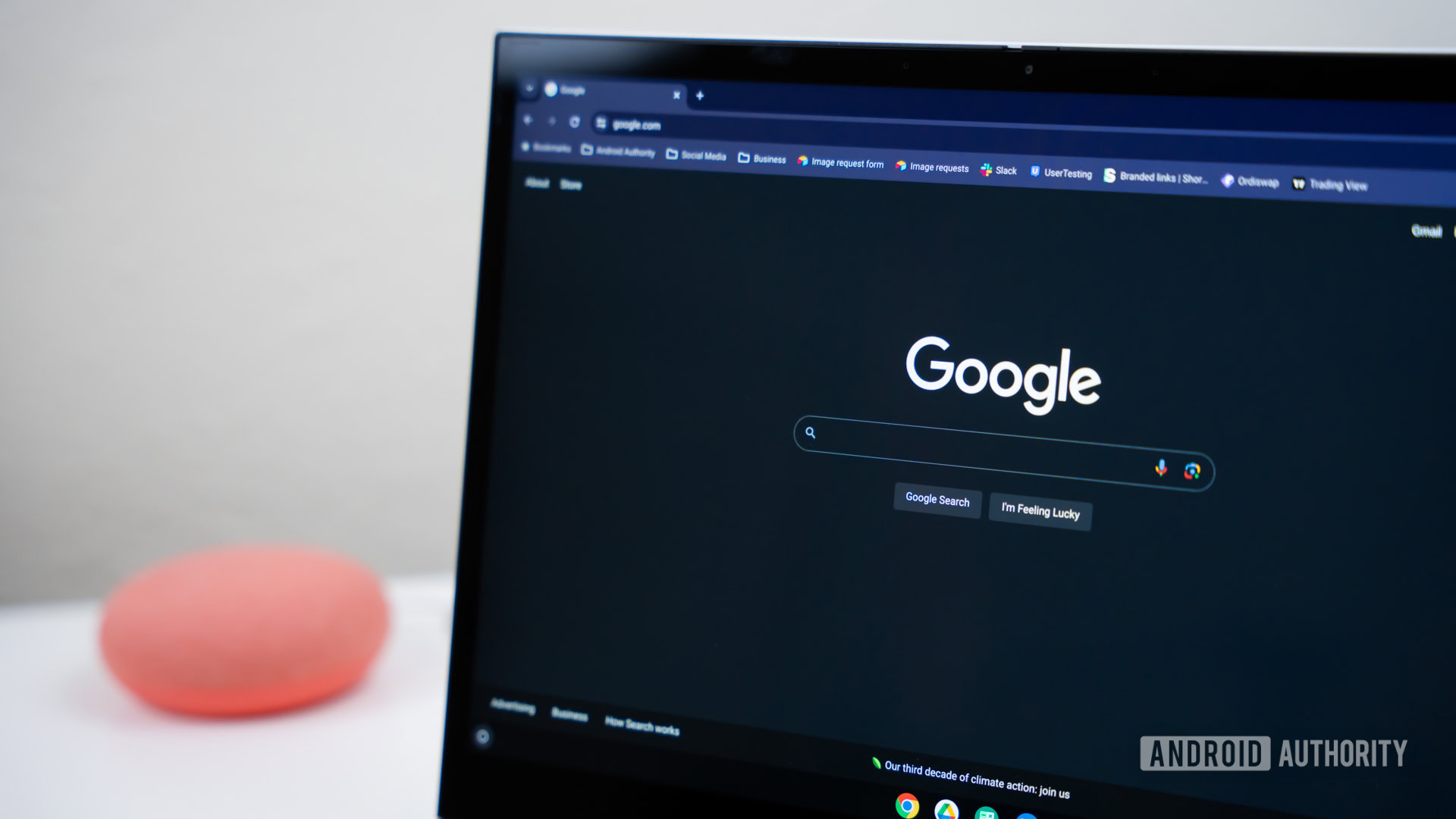Take a look at your smartphone. The chances are incredibly high that the sheets of glass covering the front and back come from a company called Corning. You almost certainly know it by its more famous brand name: Gorilla Glass.
Since the launch of the original iPhone back in 2007, Corning’s glass has dominated the smartphone industry. Its glass is so ubiquitous that it’s become the default material for nearly every major phone on the market, including the most recent iPhone 17 series, Samsung Galaxy S25 series, Pixel 10 series, and many more. Despite this, Corning is a notoriously secretive company. Its research and development facilities are tightly controlled, with access granted to a select few.
Don’t want to miss the best from Android Authority?

Recently, however, I had the rare opportunity to peek behind the curtain. I took a tour of Corning’s flagship R&D facility in a town called, appropriately, Corning, located in upstate New York. There, I saw firsthand how Gorilla Glass is made and learned about the absolutely bonkers ways Corning tests its durability. It was a journey from a furnace hotter than a volcano to a series of wild torture tests, and it gave me a whole new appreciation for the unsung hero of our digital lives.
From molten goo to crystal-clear glass

Lanh Nguyen / Android Authority
One of the first stops on my tour was the furnace room, where Corning melts down the raw materials that make up Gorilla Glass. The room has multiple small furnaces, and specially trained Corning employees can conduct small batch tests on new glass products.
To say this was an intense experience would be an understatement. The molten glass glows with an otherworldly incandescence, churning away at a blistering 1,650 degrees Celsius, or about 3,000 degrees Fahrenheit. For context, that’s hotter than magma bubbling up from the Earth’s core. It’s so brilliantly bright that you can’t look directly at it without special protective eyewear.
Corning’s innovative process for making glass is extraordinary.
But how does this glowing, molten goo become the perfectly flat, impossibly thin sheet of glass on your phone? The magic lies in a proprietary manufacturing method that Corning calls the “Fusion process.”

C. Scott Brown / Android Authority
With a good “recipe” created at the R&D facility, the new product makes its way to production. The raw materials — a precise and secret collection of sand and other inorganic materials — are melted down in a gigantic furnace. This molten glass is then fed into a V-shaped trough called an “isopipe.” The molten material flows evenly over the top edges of the isopipe, forming two separate sheets that meet and fuse together at the bottom.
The genius of this process is that the single sheet of glass that emerges is formed entirely in mid-air, touched by nothing but the atmosphere around it as it cools and solidifies. Because it never comes into contact with another surface while it’s in its viscous state, the glass is born with a pristine, perfectly smooth surface that requires no grinding or polishing. It’s this flawless quality that gives it its inherent strength, even before any chemical strengthening.
Welcome to the torture chamber

Lanh Nguyen / Android Authority
Making a perfect sheet of glass is only half the battle. How does Corning know it will be durable enough to survive the chaos of daily life? That’s where the Gorilla Glass Reliability Lab comes in. This is where Corning’s engineers do everything they can to chip, scratch, and shatter the glass they create. The goal is to design tests that mimic the real-life situations your phone might encounter, from being dropped on the sidewalk to being tossed in a purse full of keys.
Getting scientific with scratches

Lanh Nguyen / Android Authority
Before getting into the heavy machinery, I saw a simple demonstration. I scraped a typical household key across a sheet of polycarbonate (plastic) and a sheet of Gorilla Glass. The key easily carved deep gouges into the plastic, but the Gorilla Glass came away completely unscathed.
For a more precise and scientific approach, the team uses a contraption they lovingly call the “Scratchbot.” This machine tests how well glass survives scratches from abrasive materials. The setup involves several weighted stems, each with a piece of sandpaper on the tip. A handle is pulled, dragging the sandpaper across different glass samples with an exact amount of pressure. In our test, a pane of competitive glass developed a nasty scratch under just one kilogram of pressure. A pane of Gorilla Armor — the same kind you’ll find on a Samsung Galaxy S24 Ultra — wasn’t scratched at all by the same weight. But then they upped the ante. The Gorilla Armor also survived a whopping 4kg of pressure without a visible scratch.
Mimicking a bag full of danger

Lanh Nguyen / Android Authority
We’ve all done it: tossed our phone into a backpack or purse without thinking twice about what else is in there. Corning has a test for that exact, all-too-common scenario. To simulate the everyday chaos of a bag, testers fill a large bottle with a collection of common culprits: coins, keys, a nail file, a hairbrush, and other objects you might find alongside your phone.
Most of Corning’s torture tests are simple, but work great for mimicking real-life situations.
Once the arsenal of potential scratch-inducers is loaded, a pane of glass is added to the mix. The container is then sealed and placed on a machine that tumbles it end over end, ensuring the glass gets thoroughly bashed, scraped, and jostled by everything inside. It’s a simple but brutally effective way to see how the glass holds up against the kind of sustained, random abuse it’s likely to face when it’s not safely in your hand.
The power of the pen push

Lanh Nguyen / Android Authority
Another fascinating test is the “pen push.” This test is designed to see how much pressure a piece of glass can withstand when it already has a flaw. To understand this, imagine trying to split a piece of paper by tugging from two sides at once. If the paper is whole, it takes a lot of effort. But if you introduce a tiny tear in the middle, the paper suddenly rips with very little force. Scratches and micro-fractures in glass act just like that tiny tear.
For this test, three glass panels of the same thickness, each with an identical flaw in the middle, were used. The first, a standard piece of soda-lime glass, shattered easily when pushed. The second, a chemically strengthened piece of soda-lime glass, took more force but still broke. The Gorilla Glass panel, however, was a different beast entirely. I pushed with all my might, even using two hands, and it simply would not break. The chemical strengthening process creates a compressive layer on the surface of the glass that essentially holds it together, preventing flaws from propagating and causing a catastrophic failure.
The Slapper and the Device Drop Tower

Lanh Nguyen / Android Authority
To mimic the violent impact of dropping a smartphone, Corning has a few different tools. One of the most fun is called “The Slapper.” When you drop your phone, the glass momentarily flexes and curves to absorb the energy of the impact. The Slapper simulates this by holding a curved piece of glass and dropping it onto a metal base covered in rough sandpaper, which mimics a harsh surface like asphalt. A non-Gorilla Glass sample shattered instantly. But the Gorilla Glass sample, even when dropped from the very top of a much taller “mega slapper,” didn’t break at all.
Even when doing something basic like dropping a phone from a great height, Corning has a very specific way of doing it to maximize data.
For more precise analysis, Corning uses the Device Drop Tower. This is a very tall machine that can drop phones at the speed of gravity and hit an exact spot on the floor below. High-speed cameras film the impact from multiple angles, allowing the team to analyze exactly what happens at the moment of impact. For our demo, they used weighted mock devices, called “pucks,” to simulate the heft of a real phone. I watched them fall from various heights onto a hard surface, and each time, the Gorilla Glass survived. While I didn’t see them in action, Corning showed me shelves of various surfaces to test against, including actual asphalt, concrete, granite, stainless steel, and even carpet.
A legacy written in glass

Lanh Nguyen / Android Authority
What was truly wild about this visit was learning just how deeply embedded Corning is in the history of modern technology. We Android fans think of Corning as a smartphone glass maker, but the company has been a pioneer in glass science for nearly 175 years (its 175th birthday is coming up in 2026). The R&D facility I visited in Corning (from which the company gets its name) is a testament to that legacy. It’s a massive campus with 800 labs, 2,000 employees, and two million square feet of space dedicated to inventing the future of materials.
If all you think Corning does is make smartphone glass, you’re in for a wild ride.
Corning’s impact extends far beyond our pockets. The glass for the very first Edison lightbulb was made by Corning. The earliest television tubes used Corning glass. The company is responsible for creating the fiber optic cabling that forms the backbone of the internet, and today there are more than five billion kilometers installed around the globe. Even the windows on the Space Shuttle were a Corning innovation.
So, the next time you pick up your phone to send a text or scroll through your feed, take a moment to think about the incredible amount of science and engineering that went into creating just the glass that covers it. And while it was fun to watch these torture tests, maybe don’t go intentionally dropping your phone on concrete to test Corning’s quality for yourself. The glass is incredibly strong, but as the engineers will tell you, it’s not unbreakable — at least, not yet.
Thank you for being part of our community. Read our Comment Policy before posting.









